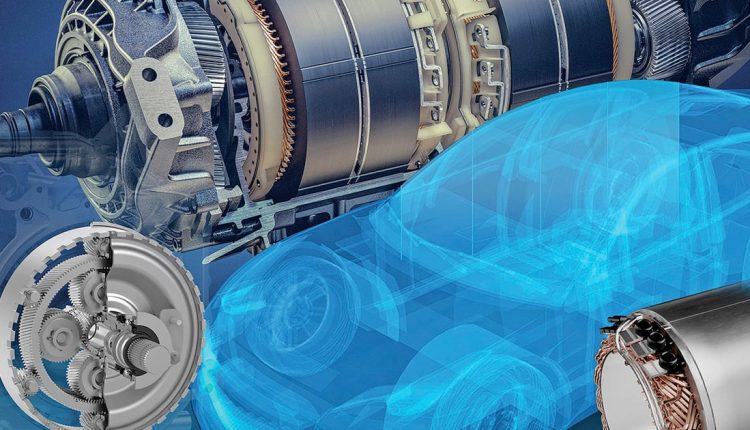Electric motors spin at far faster speeds than internal combustion engines do, and revolutions per minute will likely increase as the technology improves. Some automotive electric motors reach speeds of 20,000 rpm or more, and that means the rotor, stator and magnets have to be extremely strong to keep them from flying apart.
“There’s as much tuning and engineering in how to hold those magnets and how to take that high speed as there is in tuning an intake manifold,” said Tim Grewe, GM’s general director, electrification strategy and cell engineering. Grewe has worked on every EV and hybrid GM has built — from the EV1 in the late ’90s to the Cadillac Celestiq, the company’s latest electric car arriving in the fourth quarter next year.
GM has devoted much of its EV R&D resources to learning how to optimize the magnets in its electric motors. Improvements the company has made in this area since the 2011 Chevrolet Volt hybrid show just one path GM engineers are taking to increase efficiency and lower costs.
“From the design level, we’ve made motors even better by using less rare earths. Terbium, neodymium and dysprosium are like the catalyst inside the actual magnet itself,” Grewe said. “In the first generation of the Volt, we would just put the terbium and dysprosium everywhere in the magnet. In the second-generation Volt, we basically cut the terbium and dysprosium in half, just putting it where we needed it.
“And now, in our Ultium motors, we’ve taken it to the next level,” he said. “We’ve further refined our magnetic models and our 3D magnetic computational capability and coat the critical rare earths directly on the magnet only where we need it. You can really dial that in because magnet strength is torque.”.


